The lack of noise from electric vehicles (EVs) makes it difficult for people to hear, but it seems horses are not saddled with the same problem.
A new report says low-level noises produced by EVs can be detected by horses who can be aware of the vehicle before their riders.
Who carried out the study?
The study was carried out by the British Horse Society (BHS) in collaboration with Robert Gordon University (RGU) and the Electric Vehicle Association (EVA) Scotland.
With growing numbers of EVs on the roads, the report provides valuable insight into how horses react to their limited sound.
It also encourages drivers to slow down to 10mph when passing horses on the road, regardless of the type of vehicle they are driving.
Research took place at the Dunecht Estate in Aberdeenshire with three horses and three different models of electric car driving at varying speeds.
Last year, there were 2,943 road incidents involving horses reported to the BHS, resulting in 66 horses dying and 129 being injured.
Nearly 85% of incidents occurred because a vehicle passed a horse too closely and 75% were due to vehicles passing too quickly.
Over the same period 126 people were injured and 13% of riders were victims of road rage or abuse.
Alan Hiscox, director of safety at The BHS, said: “With more and more electric cars on Britain’s roads, this report’s new data and analysis provides significant insight.
Number of horse and EV accidents rising
“Not only will it help to alleviate concerns from riders about how their horse reacts to electric vehicles due to limited sound levels, but it will also be a vital tool when it comes to encouraging drivers, regardless of whether they are driving an electronic or conventional vehicle, to be careful when passing horses on the road.”
Professor James Njuguna, research strategic lead at Robert Gordon University, added: “The number of horse and electrical vehicle accidents and incidents are on the rise with society’s shift to electric vehicles, bicycles, and scooters.
“A better understanding of horse behaviour in the presence of an electric vehicle is a step forward for the shared road safety of all road users: drivers, riders, and horses alike.
“The (report’s) findings clearly indicate the horse is cautiously recognising EVs long before the rider does and forms a baseline for detailed studies in future.”
The findings were welcomed by EVA Scotland director Neil Swanson.
“Research such as this is essential and invaluable both from an EV driver’s and a horse rider/owner’s perspective.
“The safety of horses and their riders on roads is paramount and understanding how to support the vigilance of both parties is essential if incidents are to be avoided.
“As the number of electric vehicles on Scotland’s highways and by-ways soars, EVA Scotland encourages all road users to take note of the report’s findings and strive towards creating harmony on our roads.
Re-informing drivers
“We believe that a great deal of the learning here applies beyond equine awareness, with the knowledge able to re-inform drivers of the needs of other road users, pedestrian or wheeled.”
The BHS’s Dead Slow campaign consists of four key messages to drivers when seeing a horse on the road-
1. Slow down to a maximum of 15mph
2. Be patient, don’t sound the horn or rev the engine
3. Pass the horse wide and slow, at least a car’s width if possible
4. Drive slowly away
Responsibility also lies with the rider to concentrate at all times and be aware of their surroundings.
This is particularly important in relation to EVs which are harder to hear.
Related stories:
£30m funding package to support move to electric vehicles
North and north-east SMEs join new £80m electric vehicle charging point framework
Tourism firms urged to install electric vehicle charging points to boost business
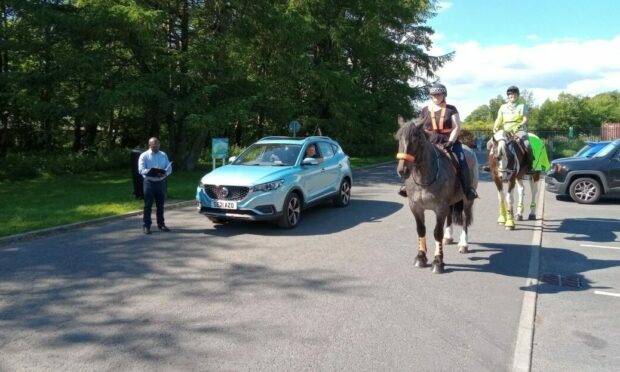
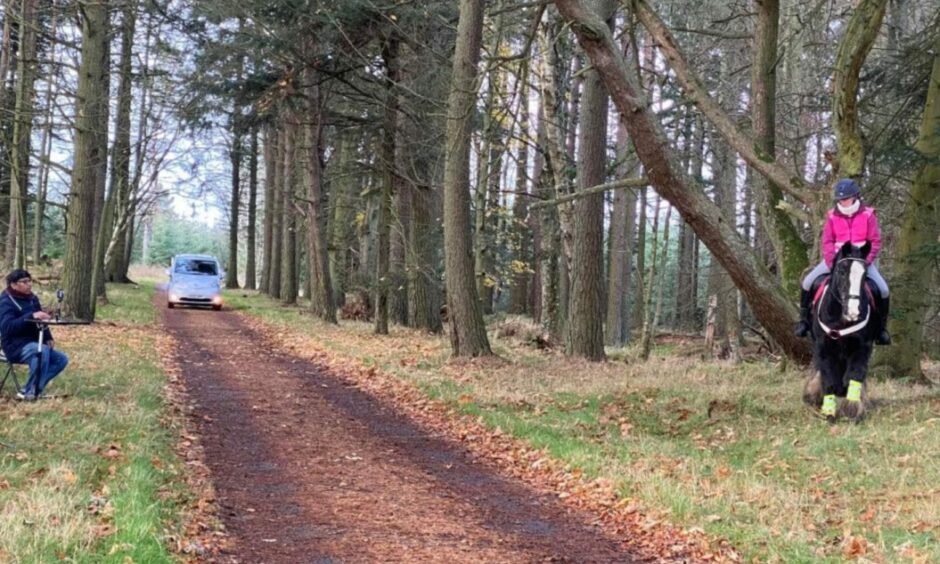
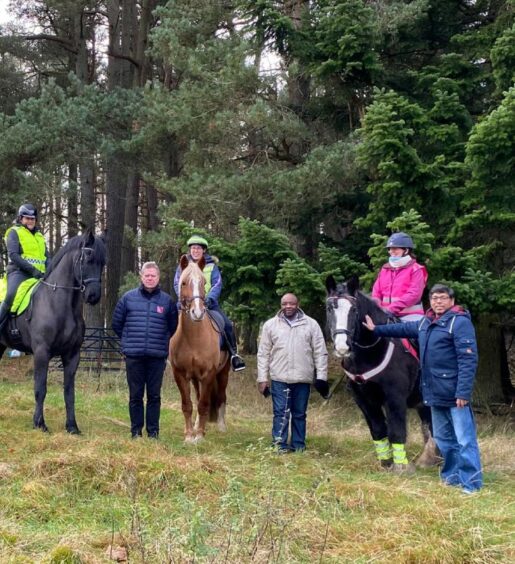


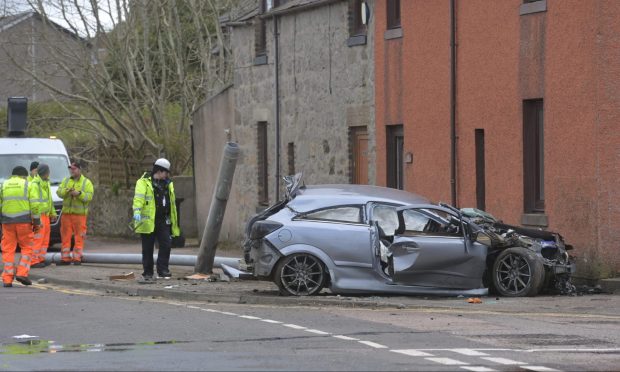
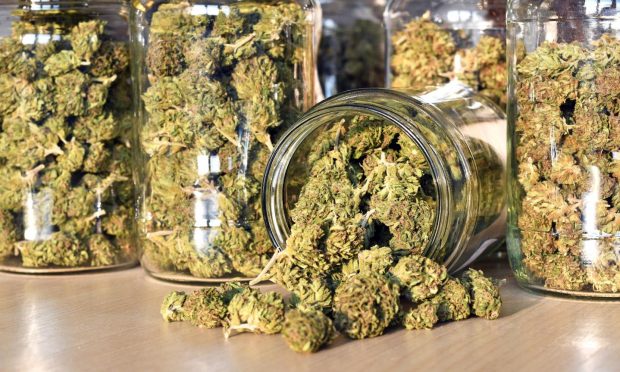

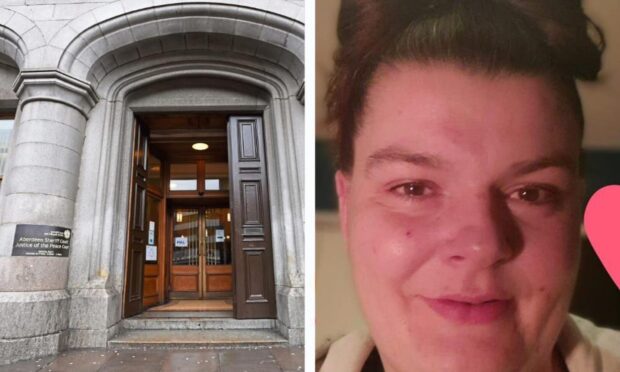





Conversation